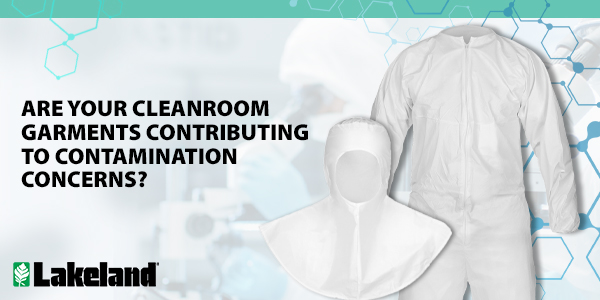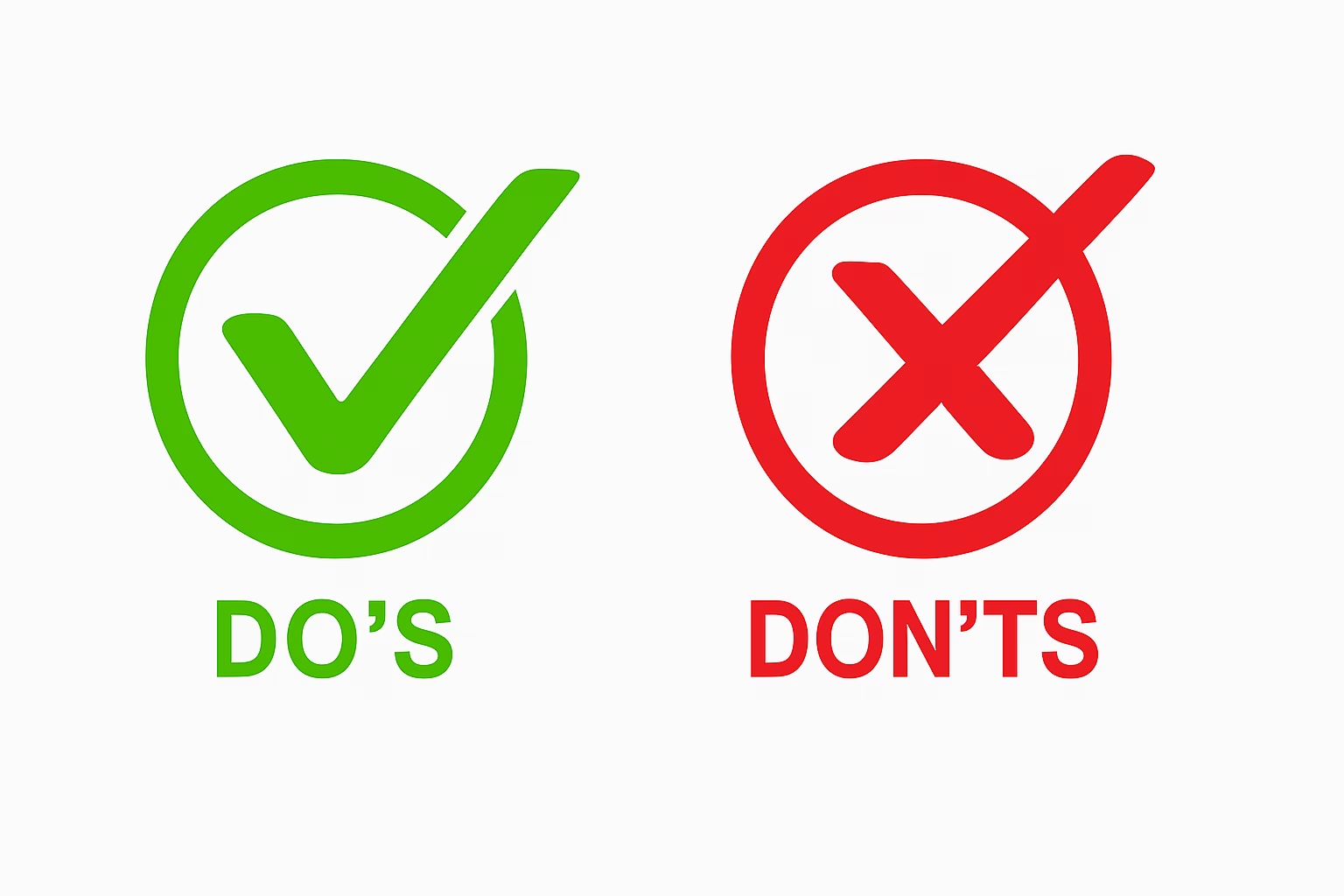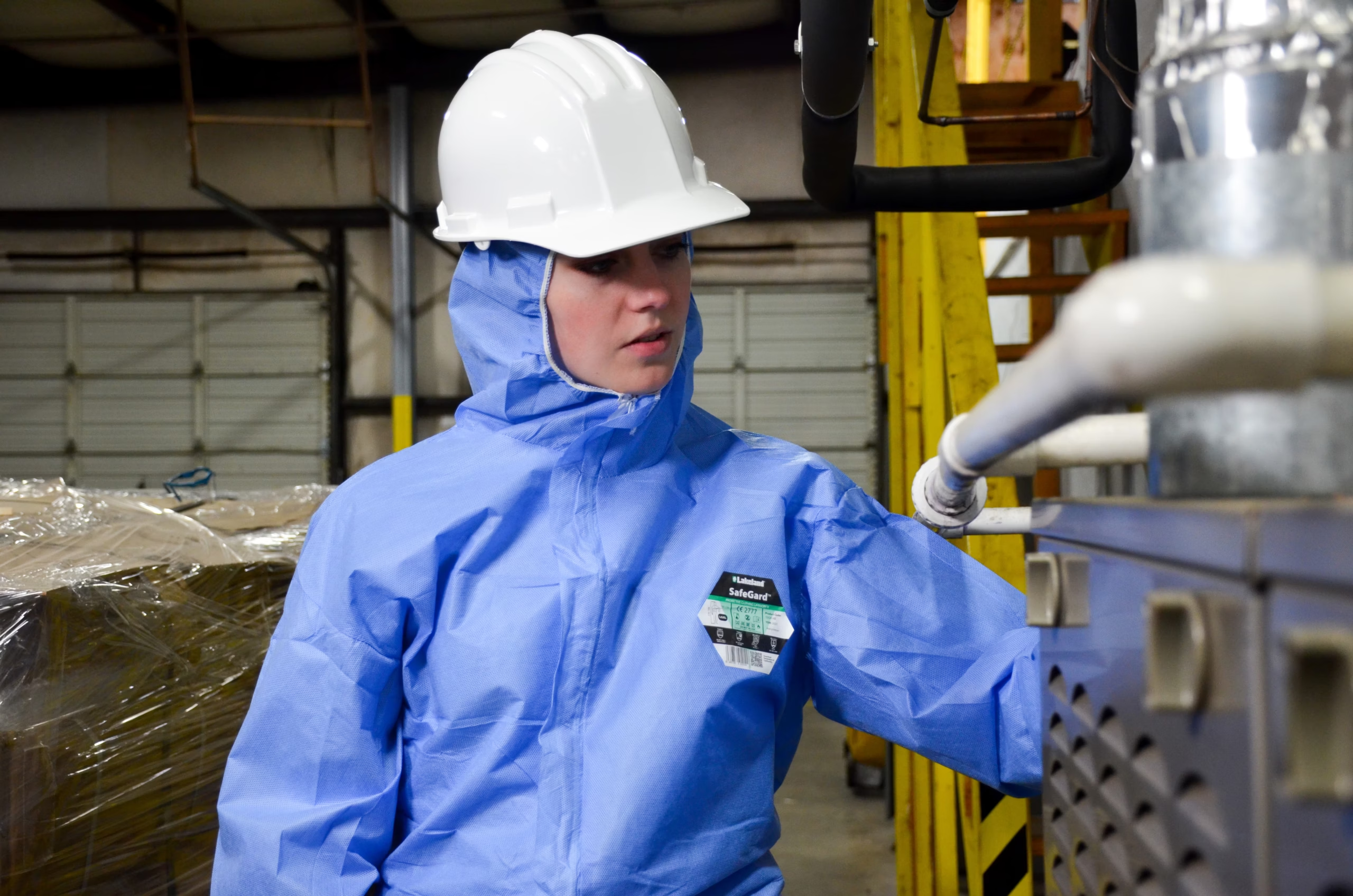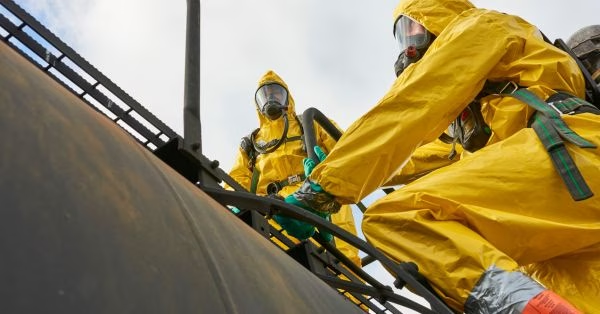What are Common Sources of Cleanroom Contamination?
Cleanroom facilities are designed to meet specific, standardized criteria so that organizations within life sciences, medical, aerospace, and microelectronic industries can better maintain the integrity of their production processes.
Contaminated personnel and materials can transfer particulates and microorganisms throughout your controlled environment and to the product being made, potentially resulting in recalls, observatory fines, potential harm to product efficacy, and even consumer illness or death.
There are many quality considerations when designing and manufacturing disposable cleanroom garments, with contamination being the primary concern – and some sources of cleanroom contamination might surprise you.
Personnel
When you move your arms, climb stairs, or brush a hair from your face, thousands of skin and hair particles are shed. Microorganisms are spread from touching, coughing, sneezing, and can be deposited anywhere. Cosmetics, fragrances, and skin oils are high-risk for being a major source of cleanroom contamination.
Some organizations may believe that environmental and process controls are enough to protect the integrity of their process and products, but viable and non-viable contaminants from their cleanroom employees can do massive amounts of damage to sensitive products like semiconductors and pharmaceutical compounds.
Protecting against human sources of contamination requires garments with high particle filtration efficiency rates. Lakeland’s CleanMax® disposable cleanroom apparel offers 99.999% bacterial filtration and 99.999% particle filtration efficiency when tested in accordance with ASTM 2101. Our bound seam construction also offers an added layer of protection against both break through and strike through not achieved with simple serged seams.
Airborne fiber and small particulates
Airborne fibers and small particulates move unpredictably without notice, making them a key source of cleanroom contamination.
According to the U.S. Environmental Protection Agency, HEPA filters are used to remove 99.7% of dust, pollen, mold, bacteria, and any airborne particles with a size of 0.3 microns.
While no garment can truly be lint-free, the smooth surface of Lakeland CleanMax® helps keep particulates from collecting on the surface of the garment.
Liquids
Moisture produces a breeding ground for bacteria, which would pose a critical issue for businesses with cleanrooms. However, companies must take proactive measures to lessen the level of potential contaminants entering the cleanroom to allow air filtration systems to work to their greatest efficiency.
Mishandled liquids are capable of contaminating your cleanroom, and often require a rotation of different aqueous solutions to ensure effective cleaning of all surfaces. Lakeland’s CleanMax® disposable cleanroom garments are CE 0321 PPE Cat 3 Type 5/6 certified. With proper usage, CleanMax® can help protect against liquid splash and hazardous dry particulates.
Cleanroom Facility and Supplies
A cleanroom facility may not be an obvious source of contaminants, but even ceilings, floors, walls, and equipment can pose issues if not properly maintained.
Improper temperatures within the facility can potentially result in an increase of bacteria or fluctuation of interaction among microorganisms. Whether there is inadequate air volume and velocity from the HVAC system, or improperly manufactured supplies, these factors can majorly compromise and damage the integrity of a cleanroom.
Protecting your product in a controlled environment starts with contamination control.
Selecting supplies that are clean– manufactured and designed for the appropriate ISO class is crucial. Understanding the number and size of particles permitted and the level of exposure in the working environment.
Lakeland CleanMax® features a high-quality microporous laminate material that is lightweight and breathable but impervious to liquids, harsh chemicals, and microorganisms.
Both CleanMax® Clean Manufactured Non-Sterile and Sterile garment configurations meet IEST-RP-C003 Category I particulate cleanliness standards and are ready for immediate use in ISO Class 4 – 8 Cleanrooms.
In order to comply with regulations for cleanroom maintenance, all personnel must be properly trained with the essential behaviors and processes for minimizing contamination.
Utilizing the aseptic gowning technique, a specific sequence of sterile protective apparel application, and clean-manufactured cleanroom garments can reduce the probability of excursions during your gowning process.



